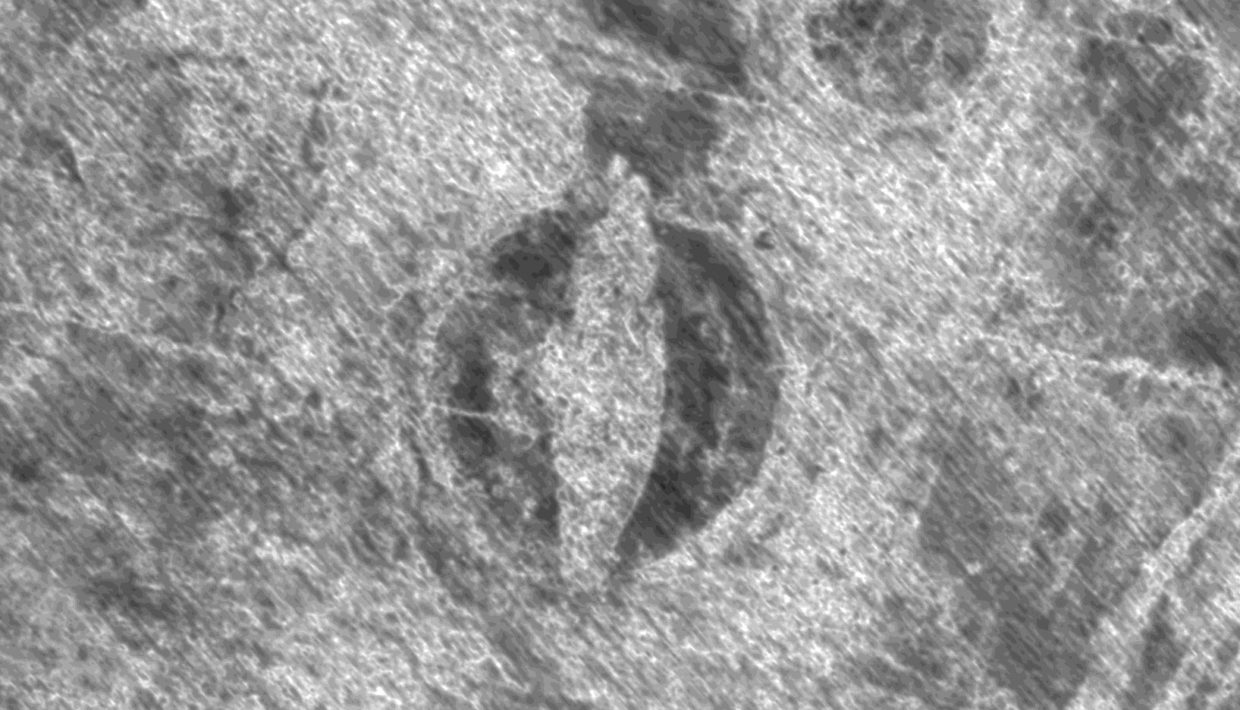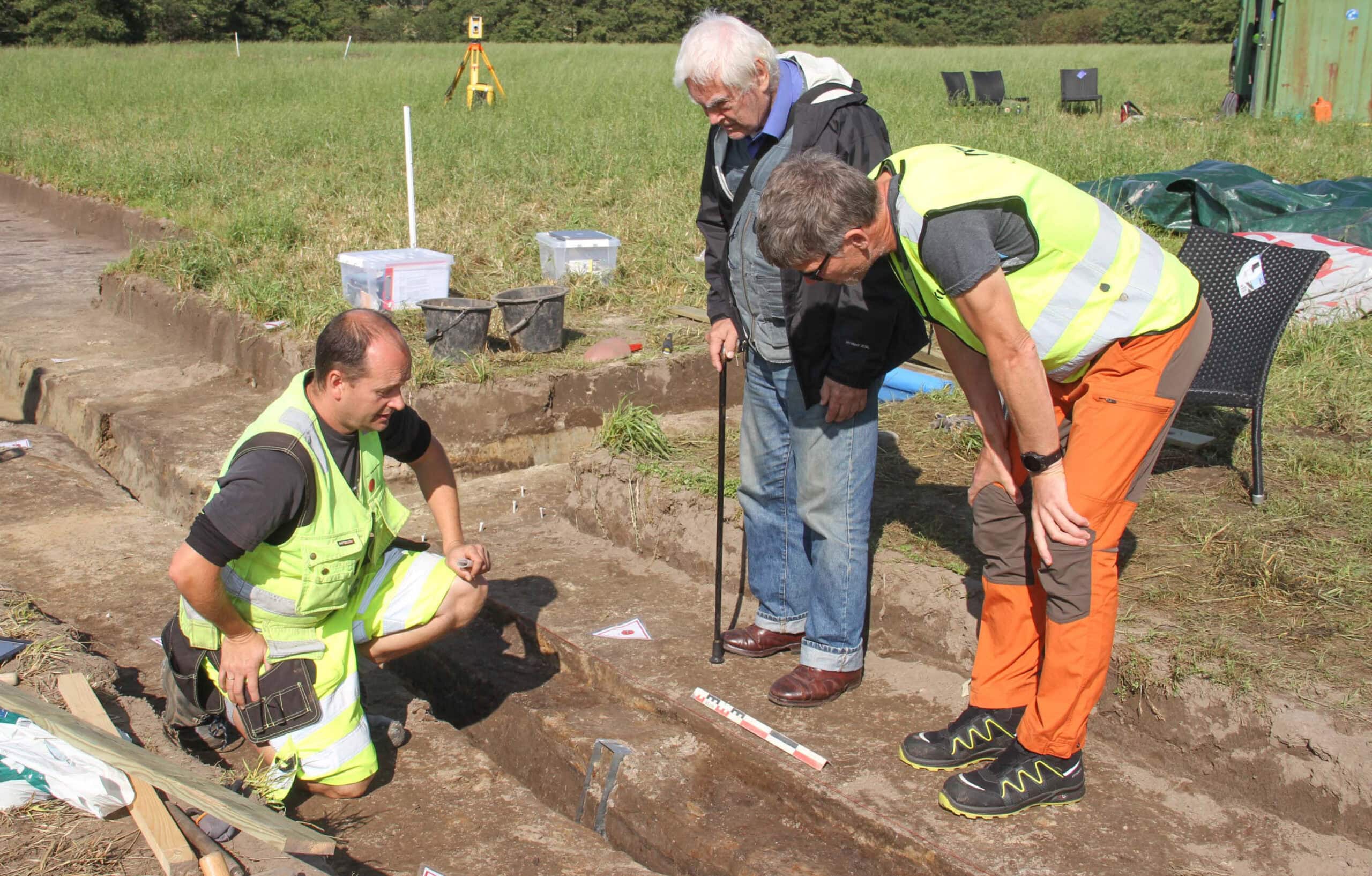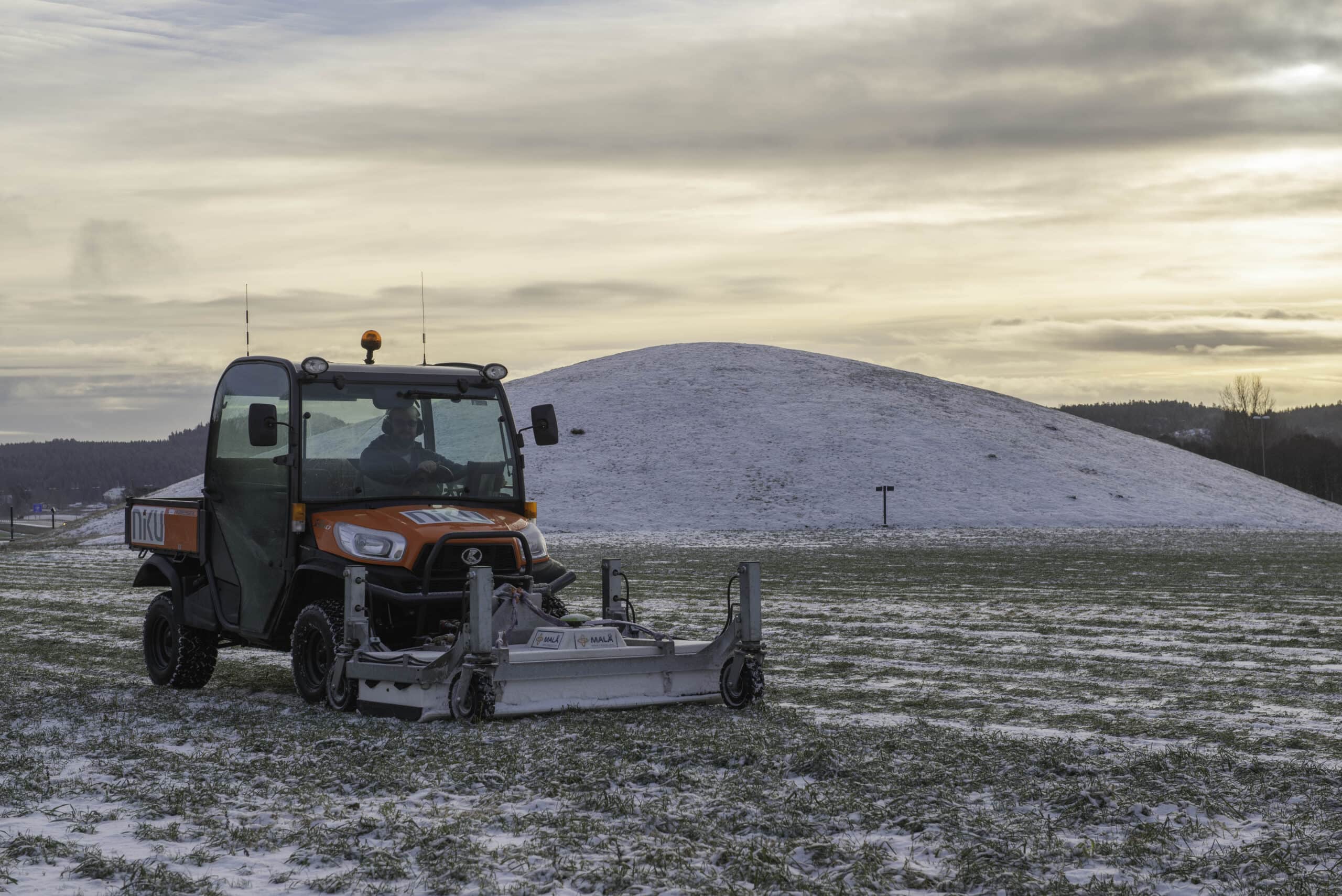
First Viking ship excavation in a 100 years starts now
"This will be exciting for all of us, regardless of whether you are an archaeologist or just have a medium interest in our past," says Viking ship expert Knut Paasche.
It was the The Norwegian Institute for Cultural Heritage Research (NIKU) and Østfold county Council who found what has become known as The Gjellestad Ship in 2018 by geophysical survey.
Since then, Norwegian authorities have decided that the ship will be excavated.
– The ship is in poor condition and this is our chance to secure the knowledge that is buried at Gjellestad, says NIKU department head and expert on Viking ship Knut Paasche.
He continues:
– Of the hundreds of ships that once sailed on our coasts, we have only three well-preserved ship finds from this oldest period. All of the graves from of the Oseberg, Gokstad and Tune ships are from this first part of the Viking Age.
– When they start the dig today in the in Halden municipality in Viken, it will be more than 100 years since the Oseberg ship was excavated in 1904, he says.

Five month excavation
The Museum of Cultural History at the University of Oslo is responsible for the excavations and archaeologist Christian Løchsen Rødsrud will lead the excavation and they have set aside 5 months for the investigation.
– There is every reason to wish them luck as this will not be an easy task. The 2019 trial excavation showed that the ship is in a very poor condition and that only parts of the timber have been preserved, says Paasche.
Nevertheless, he believes that there is a high chance that the ship can be documented by modern documentation methods in such a way that the archaeologists can obtain the ship’s shape.

The excavation will help us to better understand the Viking period
According to Paasche, the Viking ships provide some of the framework for understanding the Viking age.
– With so few ship discovered, a new Viking ship will have a great impact on understanding the ships themselves, but also provide valuable information to understand the historical era as a whole, he says.
He also believes that like at the Oseberg find and other ship finds, we can expect to find remains of objects in the form of everything from jewelry and weapons to household goods.
Paasche, who leads the Digital Archaeology-department that found the ship is excited about the forthcoming excavation.
– But first and foremost I am proud of my co-workers Erich Nau and Lars Gustavsen who found the ship, says Paasche, who of course will follow the work closely throughout the summer.

